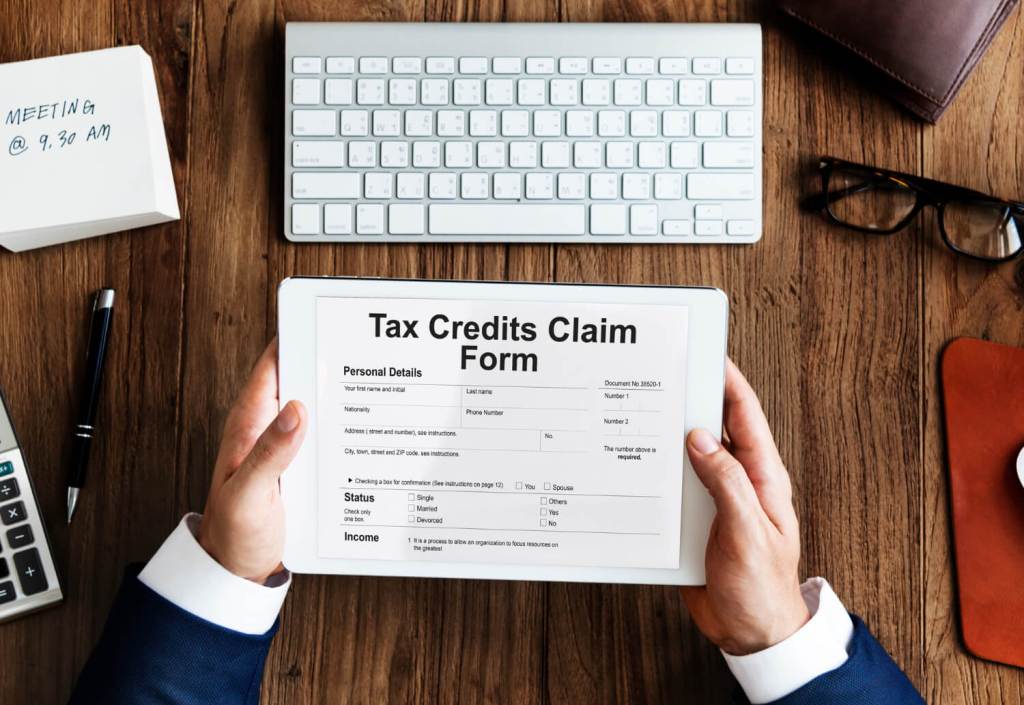The GSTR 6 Return form needs to be filled out by all distributors of input services who have registered for the Goods and Services Tax (GST). The information from form GSTR-6A is provided in the GSTR 6, with the majority of the data being auto-populated. Information about received credits from various invoices is covered in GSTR 6.
Who is an Input Service Distributor?
An input service distributor acts as a go-between for manufacturers or creators of finished goods. Rule 2(m) of the 2004 Cenvat Credit Rules states:
- ISD is the location of the supplier of goods and/or services.
- The ISD receives tax invoices for the purchase of input services.
It gives credit for CGST, SGST, or IGST to a supplier of goods or services who has the same PAN as the office mentioned above. For the purpose of credit distribution, ISD issues papers or invoices.
What is GSTR-6?
All Input Service Distributors that have registered for the Goods and Service Tax (GST) must complete the form GSTR 6. It must be completed by the 13th day of the following month. The payer is required to provide information regarding the tax invoices on which the credit was received.
Who Are Exempt From Filing GSTR-6?
GSTR-6 is specifically for input service distributors to file their returns and the below mentioned tax payers are exempt from filing GSTR-6:
- Composition Dealers
- Taxpayers liable to collect TCS
- Taxpayers liable to deduct TDS
- Suppliers of OIDAR (Online Information and Database Access or Retrieval)
- Compounding taxable person
- Non-resident Taxable Person
Filling up the Required Information
An ISD must submit GSTR-6 after changing, deleting, or adding information to GSTR-6A. Therefore, the majority of the information in GSTR 6 is automatically filled in using the information that has been approved for GSTR 6.
What is GSTR-6A?
The information provided by the suppliers of an input service distributor in their GSTR 1 is used to automatically generate the GSTR 6A form. The GSTR-6A form is read-only. Any modifications to GSTR-6A must be made at the same time as filing GSTR-6.
GSTR-6A is not required to be filed. The document can only be read. By going to the Return Dashboard on the GST Portal and selecting “PREPARE ONLINE” from the GSTR-6A tile, you can view GSTR-6A.
Following are the detailed tables and the information that is to be filed to complete the compliance of GSTR-6:
Table 1 & Table 2 | Taxpayer Information |
- GSTIN: The abbreviation for “Goods and Services Taxpayer Identification Number” is GSTIN. The GSTIN is a 15-digit number that consists of a 2-digit state code, a 10-digit permanent account number, and three additional digits that include a state code, future use digit, and a check digit. When we file returns, it is pre-populated.
- Name of Taxpayer: This is the name of an individual who is not a resident of India but who is a non-resident taxpayer who owns a company that offers goods and services. When filing a return, this field is also automatically filled in.
- Month-Year(Period): The taxpayer must select the month and year for which GSTR-6 is being filed from a drop-down menu.
Table 3 | Details Of Input Credit Received |
- Information Regarding Inward Supplies From a Registered Taxpayer: ISD completes the information about the supplies received and the amount of the input credit from a registered taxpayer. The counterparty’s GSTR-1 and GSTR-5 are largely responsible for auto-populating information, particularly for inward supply details. The individual must complete all required credits for CGST, SGST, and IGST. If the supplies were received in more than one lot, the taxpayer only needs to include the information from the last lot.
Table 4 | Eligible/Ineligible ITC For The Given Tax Period |
- Table 3 fills in all the information regarding input tax credit eligibility and automatically populates the field with the appropriate information..
Table 5 | Available Credit |
- Information on the credit options available under the CGST, SGST, and IGST is included in this head. Information about the ITC mentioned in table 4 is contained in this head. To fill out the fields, we must enter the invoice details.
Table 6 | Any Changes to Table 3 |
- Late GST Payment Interest Tax and GSTR-Missing Penalty Date for Returns A change to the inward supplies’ specifics: If there is any modification or change to the earlier tax period, the taxpayer provides modified and revised invoices and information, as well as the CGST/SGST and IGST charged.
Table 7 | Any Mismatches And Reclaims To The ITC |
- Input tax credit under CGST, SGST, and IGST should be recovered in this head if there are any changes, inconsistencies, or reclaims that need to be made.
Table 8 | Distribution of ITC |
- In this heading, the amounts mentioned in tables 6 and 7 are distributed under the CGST, IGST, and SGST heads.
Table 9 | Redistribution of ITC, in case of any errors |
- Under this heading, changes and redistribution are possible if the above-mentioned tables are filled incorrectly by giving the wrong person the money.
Table 10 | Late Fee Payable (if any) |
- This head is specifically noted for late fees that are either payable or paid. If there is a late fee, the taxpayer fills out the relevant information.
Table 11 | Refund of ITC |
- The refund amount and information from the electronic cash ledger are covered, as the heading implies.
Consequences of Non-filing or Delayed filing of GSTR-6
In addition to the many GST regulations, there are also regulations regarding fines and late fees for the unfavourable implementation aspects, such as late tax payments or return filing delays. According to the GST regulations, a late fee will be assessed each day for the period following the tax payment due date, with an annual interest rate of 18% applied.
In the event that a taxpayer fails to submit their return by the deadlines outlined above, they will be subject to a late fee of Rs. 50 per day, or Rs. 25 per day for each CGST and SGST (in the event that there is any tax liability), and Rs. 20 per day, or Rs. 10 per day for each CGST and SGST (in the event that there is no tax liability), up to a maximum of Rs. 5000.
Finally
A taxpayer requires less effort to file GSTR-6 which actually has mostly everything auto populated if GSTR-1 has been properly filed. The above mentioned information will help you to file GSTR-6 with utmost ease. To make it easier and flawless, subscribe to the GST ecosystem of Finsights: GST Reconciliation Software which keeps you up to date with the compliance dates and also allows you to remote monitor your books of accounts through syncing your Tally. Compliance has never been so easy! To know more visit Finsights.biz




